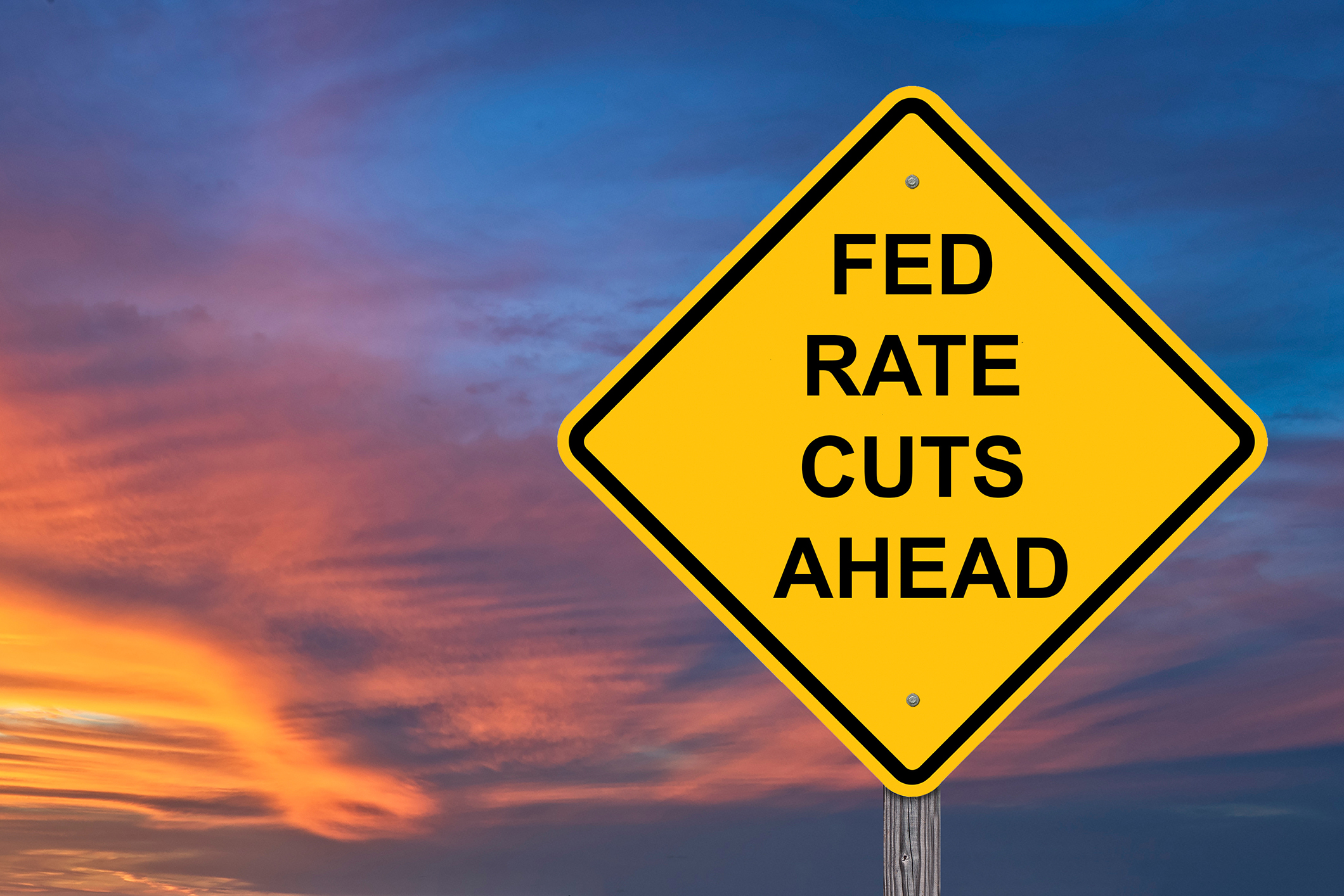The Federal Reserve made headlines yesterday with its decision to lower interest rates for the second time this year. If you’re wondering how this affects your loans, savings, and overall financial picture, we’ve got you covered.
What Did the Fed Decide?
On Wednesday, October 29th, the Federal Reserve cut its benchmark interest rate by a quarter percentage point (0.25%), bringing the federal funds rate to a range of 3.75% to 4%. This marks the second rate reduction of 2025, as the Fed continues to navigate a delicate balance between supporting economic growth and managing inflation.
However, Fed Chair Jerome Powell made it clear that future rate cuts aren’t guaranteed. In fact, he emphasized that “a further reduction in the policy rate at the December meeting is not a foregone conclusion—far from it.” This cautious stance reflects growing divisions among Fed officials about the best path forward.
Why Is the Fed Cutting Rates?
The Federal Reserve’s decision centers on growing concerns about the labor market. Recent data suggests signs of weakening employment conditions, with several major corporations announcing layoffs in recent months. By lowering interest rates, the Fed aims to:
- Encourage borrowing and spending to stimulate economic activity
- Support hiring and job growth
- Shore up the economy while inflation, though still elevated at around 3%, appears to be stabilizing
The challenge? The Fed is essentially “flying blind” right now due to a government shutdown that has halted most economic data collection. Without key reports on employment, retail sales, and other vital economic indicators, policymakers are making decisions with limited information.
What This Means for Your Loans
The Fed’s rate cut will have varying effects on different types of loans:
Credit Cards
If you carry a credit card balance, you should see some relief relatively quickly. Credit cards typically have variable interest rates directly tied to the federal funds rate. When the Fed cuts rates, credit card rates usually drop within one to two billing cycles. This means you could pay less in interest on your existing balances.
Mortgages
For prospective homebuyers, lower Fed rates can eventually lead to reduced mortgage rates, though the connection isn’t immediate. If you have an adjustable-rate mortgage (ARM), you may see your rate adjust downward at your next reset date. However, if you have a fixed-rate mortgage, your rate won’t change—but refinancing might become more attractive if rates continue to decline.
Auto Loans
New car loans may see slightly better rates in the coming weeks as lenders adjust to the Fed’s decision. While auto loan rates don’t move as quickly as credit card rates, the trend should be toward lower borrowing costs for new vehicle purchases.
Student Loans
Federal student loan rates are set by Congress and won’t change. However, if you have private student loans with variable rates, you may see a decrease in your interest rate, which could lower your monthly payments.
What About Your Savings?
Here’s the flip side: When the Fed cuts rates, the interest you earn on savings accounts, money market accounts, and certificates of deposit (CDs) typically decreases as well. Banks will likely lower the rates they pay to savers, meaning:
- Savings account interest will decline
- New CDs will offer lower rates than those issued previously
- Money market account yields will drop
If you’ve been considering locking in a CD rate, now might be a good time before rates fall further.
The Bigger Economic Picture
The Fed’s decision reflects a complex economic environment where multiple factors are pulling in different directions:
Labor Market Concerns: Unemployment remains relatively low, but warning signs are emerging. The Fed is watching layoff announcements closely and wants to act preventively to support job growth.
Persistent Inflation: While inflation has cooled from its peak, it’s still running at 3%—above the Fed’s 2% target. This means the central bank must be careful not to stimulate the economy so much that prices start rising rapidly again.
Policy Uncertainty: With Fed officials showing “strongly differing views” about future rate cuts, the path forward is unclear. Some officials favor more aggressive cuts to support the economy, while others worry about cutting too much while inflation remains elevated.
What Should You Do?
Given yesterday’s rate cut and the uncertain outlook ahead, here are some practical steps to consider:
- Review your high-interest debt: With credit card rates likely to drop, now is still a good time to tackle high-interest balances or consider a balance transfer to a lower-rate card.
- Lock in rates where possible: If you’re considering a CD or are shopping for a mortgage, rates may continue to fall—but nothing is guaranteed. Evaluate whether current rates meet your needs.
- Refinance strategically: If you have existing loans with higher rates, explore refinancing options, but watch for fees that could offset your savings.
- Don’t make drastic changes to your savings strategy: While yields on savings accounts will decline, maintaining an emergency fund remains crucial. Don’t abandon safe, liquid savings in search of higher returns.
- Stay informed: The Fed’s next meeting is in December, and the decision then could significantly impact rates into 2026. Keep an eye on economic news and be ready to adjust your financial strategy accordingly.
Looking Ahead
The Federal Reserve’s path forward remains uncertain. Market watchers now estimate only about a 60-70% chance of another rate cut in December, down from near certainty before yesterday’s announcement. Much will depend on incoming economic data—assuming the government shutdown ends and that data becomes available again.
For now, yesterday’s rate cut represents the Fed’s attempt to support economic growth and employment while keeping inflation in check. For consumers, it’s an opportunity to reduce borrowing costs and reassess your financial strategy for the months ahead.






